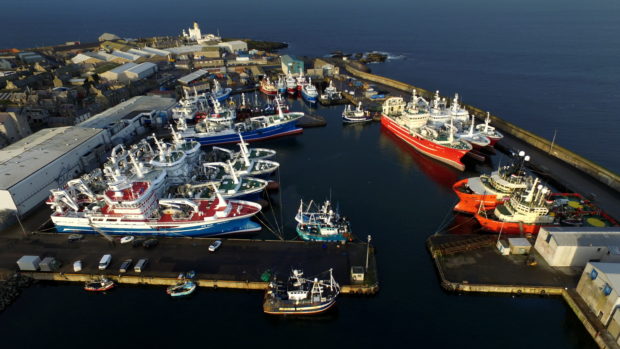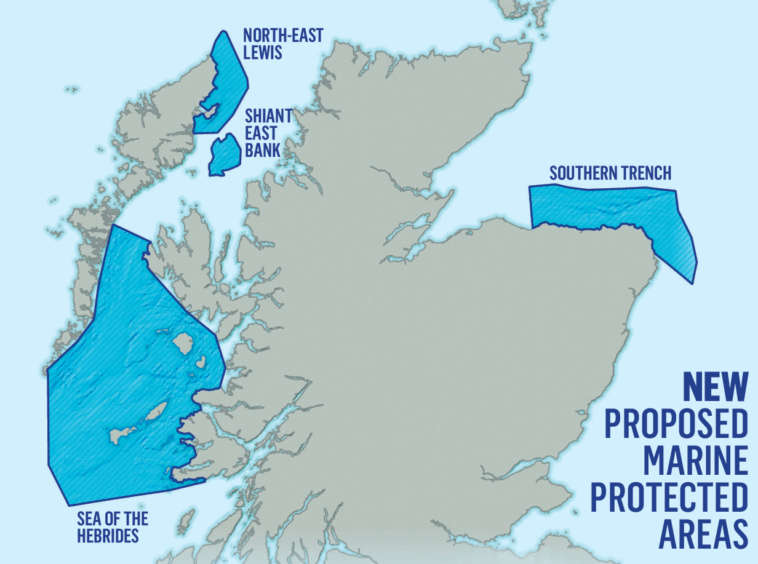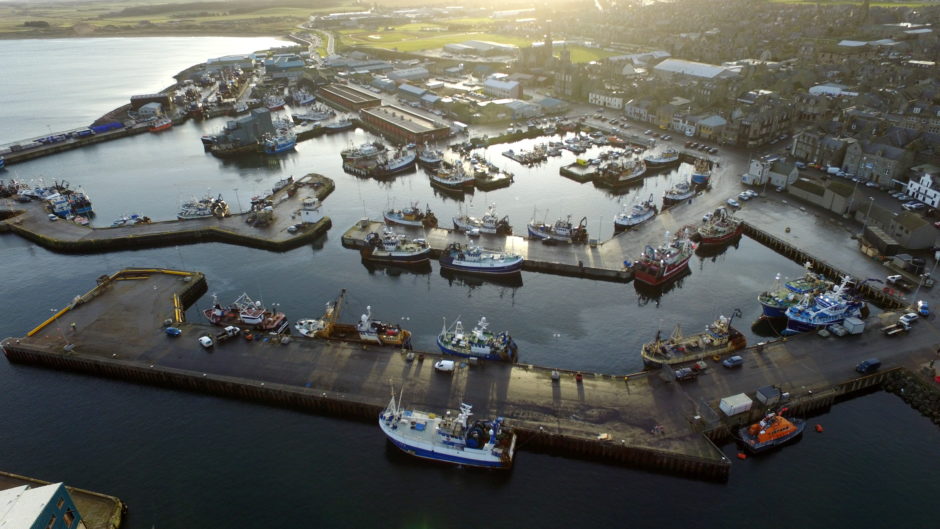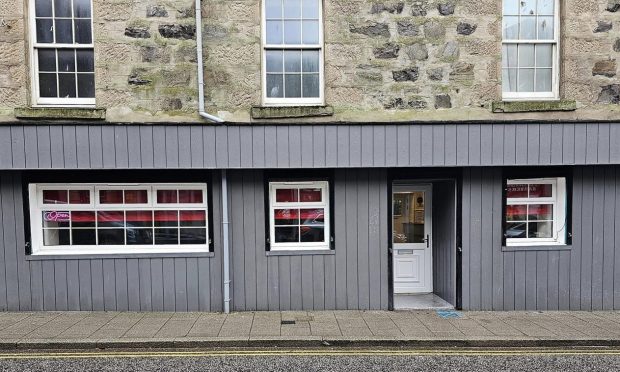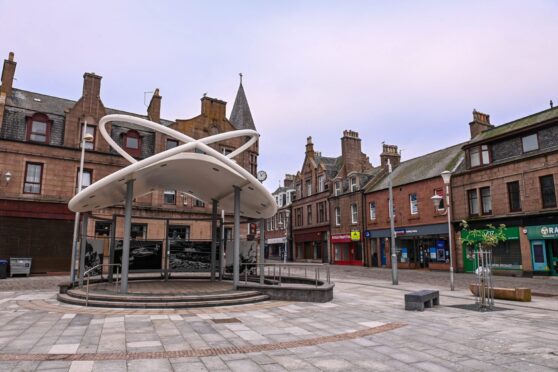Fishing and energy firms could bear the brunt of a £15 million bill if new marine nature reserves are created off the west and north-east coasts, it has emerged.
Up to nine full-time fishing jobs could even be lost as a result of the proposals – and Fraserburgh is due to be the hardest hit port, with landings worth £412,000 a year potentially at risk because of suggested restrictions.
Higher costs could also be faced by west coast fish farms, harbours, oil and gas firms, an offshore windfarm, power and communication cable installers and the north-east’s proposed Carbon Capture and Storage (CCS) scheme.
The Scottish Government is currently consulting on plans to create four new Marine Protected Areas (MPAs) – three off the Hebrides and another at the “Southern Trench” off the north-east.
The move has been widely welcomed and described as vital to the protection of species and habitats, including basking sharks, minke whales, Risso’s dolphins, burrowed mud, shelf banks and mounds and shelf deeps.
But while no firm proposals for managing the MPAs have yet been agreed, the potential costs to industry have been analysed in a new appraisal by Marine Scotland.
On fishing, the report admitted that there could be a “large impact” at the Southern Trench on trawls for shellfish and demersal fish, particularly affecting the over-12m sector.
This is due to a possible restriction on using mobile bottom gear equipment on the seafloor to trawl or dredge across burrowed mud, a habitat which hosts Norway lobster and a number of species such as the fireworks anemone and the tall sea pen.
Under the medium “intermediate” scenario, the gross value added (GVA) impact on the fishing fleet over 20 years could be £2.1 million, mainly in the north-east, with the figure rising to more than £4.1 million in the “higher” estimate.
In terms of annual average loss in value of landings for the commercial fisheries sector, in 2019 prices it would be between £266,000 and £521,000.
Up to nine full-time equivalent jobs could be lost as result, with Fraserburgh being by far the worst affected, potentially accounting for almost 80% of the landings impacted by the new MPAs.
Last night, Banff and Buchan MP David Duguid said: “A key part of the remit of this report is on ‘sustainability’ of coastal communities.
“That has to include consideration of the marine economy in communities like Fraserburgh, Macduff and Peterhead in my constituency.”
The Scottish Conservative added: “I would encourage anyone who has not already done so to respond to this consultation.
“We are all concerned about looking after our natural environment. That must include the input of responsible business interests.”
Bertie Armstrong, chief executive of the Scottish Fishermen’s Federation, said there had already been “productive” dialogue between the fishing industry and Marine Scotland on MPA issues.
“The Southern Trench MPA has, depending on the choice of management measures, the potential for considerable impact,” he said.
“However, the key is to stick to the MPA objective ‘to conserve’ as the current level of activity has not led to the need for a recovery plan.”
Mr Armstrong added: “The consultation, which is still running, is not about management measures, and therefore potential financial impact, at this time. It is about designation of the areas.
“The management scenarios as described are for illustrative purposes at this stage and assume a different level of protection. The actual level to be adopted will be discussed and agreed upon in a second stage.”
In the west coast MPAs, the report suggests that fish farms could be hit by new restrictions, potentially costing up to £300,000 over 20 years in for fin-fish aquaculture in the Sea of the Hebrides and £100,000 at the proposed North-East Lewis MPA.
The bulk of the costs relate to replacing acoustic deterrent devices (ADDs) with either cetacean-friendly ADDs or anti-predator nets.
Energy is another sector that could face rising costs, potentially worth up to £554,000 in the case of the pioneering Acorn CCS scheme at the St Fergus gas plant near Peterhead.
The bill relates to potential restrictions to winter-only surveys of a key pipeline required for the project, which runs through the Southern Trench MPA.
These would be harder to carry out in bad weather.
The same issue of seasonal restrictions for surveys of pipeline infrastructure could affect the oil and gas industry, which faces no rise in costs under some scenarios, but up to £7.5 million over two decades in the worst case.
Louise O’Hara Murray, environment manager for industry body Oil and Gas UK, said the sector supported MPAs and that several already overlap with existing offshore infrastructure.
A Scottish Government spokesman said the proposals for four new MPAs were currently out for consultation and it was “happy to engage with anyone who believes they have a contribution to make”.
>> Keep up to date with the latest news with The P&J newsletter
He added: “We have undertaken extensive assessments of the environmental, social and economic impacts of these proposals and a range of potential future management measures.
“We welcome any comments on these assessments and the data underpinning them and will be fully considering the responses before making any decisions on designating the sites.
“We are not proposing any specific management measures at this point.
“If the sites are designated, we will carry out further discussion with the fishing industry prior to developing any future management measures if they are required, along with further assessment and public consultation.”
